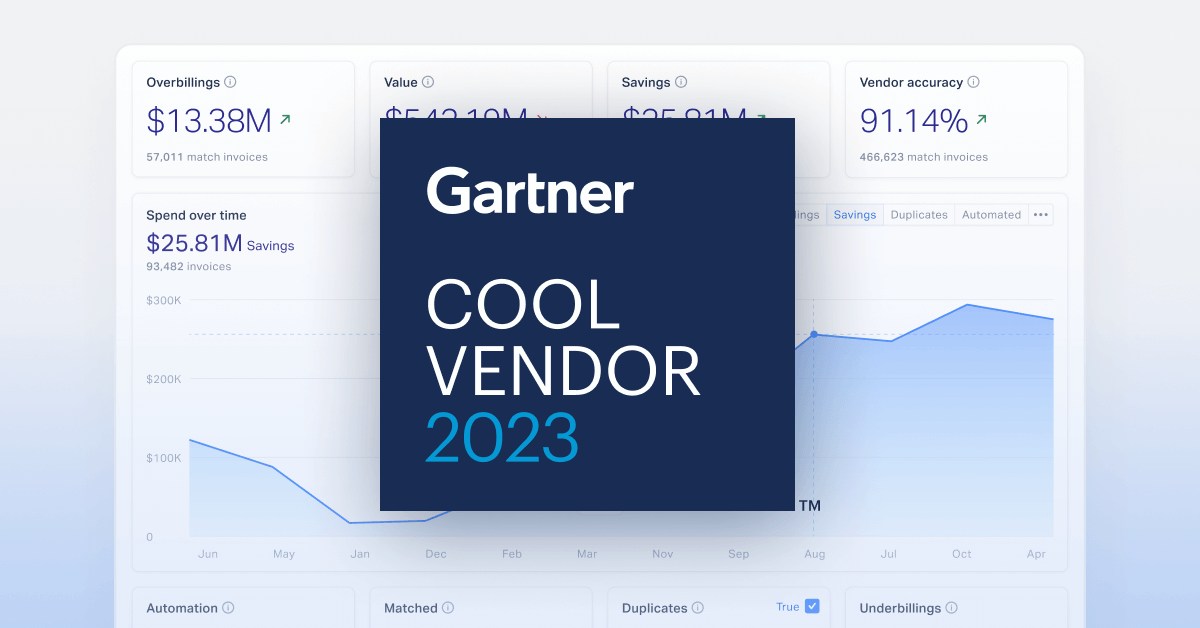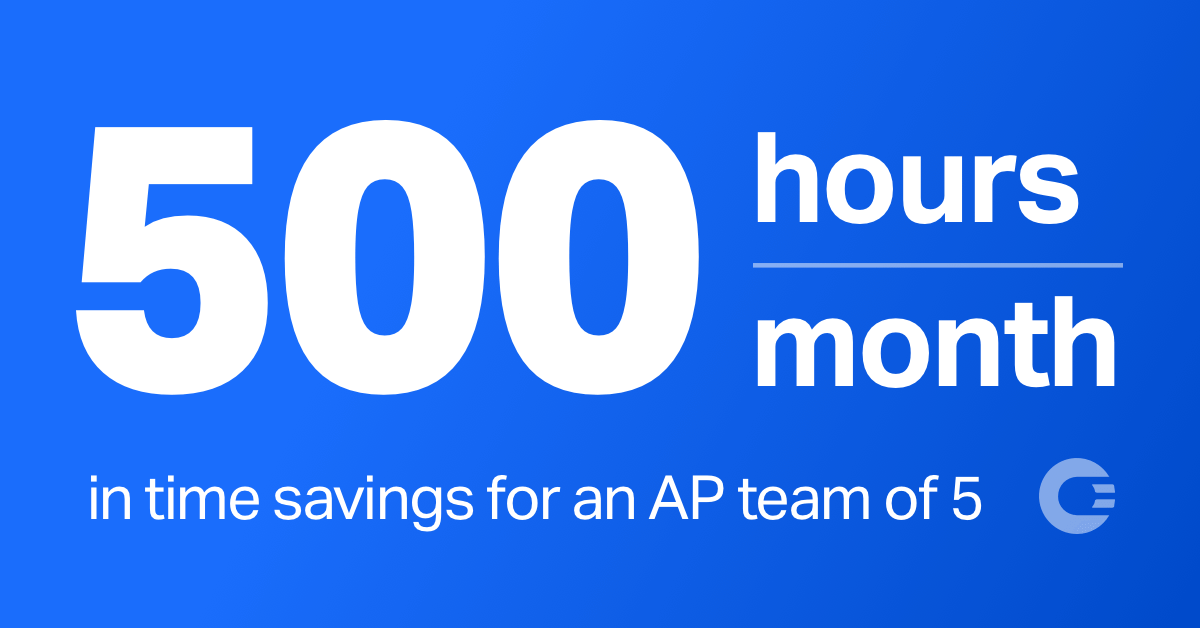At OpenEnvoy, design literally has a seat at the table. But more importantly, it's valued as a differentiator by both Matt and I as founders. We consider it one of the main lenses that brings this market opportunity into focus.
There's no shortage of AP automation solutions on the market. As a new startup, how do we build a good product for our audience? It obviously starts with a deep understanding of the problem we're trying to address. Sound technical strategy and execution is a given. Industry standard-shattering SLA is a huge plus. Speed can never be overestimated – but is also a given. We believe that good design may be the secret sauce in building a better product and brand for AP teams.
So what's our idea of good design? Unfortunately I don't have a brilliant shocker of a fresh take on the topic. But that's the point. Good design is a near-relentless pursuit of somewhat obvious fundamentals. Tried-and-true best practices and North Stars have informed amazing product experiences across all verticals. We find it advantageous to use these guiding principles to create a predictable framework for quality, consistency, and (we believe) innovation in the AP automation space. Here are the points we focus on to vet our solutions.
Listen and take action.
We get into the weeds of our customers' problems. We feel their pain as we work through solutions. We seek feedback regularly and tweak accordingly, but strike the right balance of research, intuition, and action to always be shipping. Which leads to the next point.
Move fast.
Design is part craft and part process, and we want thoughtfulness in both. But we're pushing to build a new, enterprise-ready platform. Novelty is high risk. So leverage patterns and models that customers are familiar with from highly validated, best-of-breed consumer products. Lean on a well-crafted but basic design system. Test, ship, and improve with customer feedback. Craft lives in the layers of polish that iteration provides.
Leverage simple design principles.
Create solutions with a clear sense of priority and direction. Focus on finding efficiencies. Communicate consistently and systematically. And since we're building a product to help AP teams save time and money, we also strive to add meaningful moments of satisfaction, reward, and delight along the way. We measure the success of a concept by how well it tracks with the above.
Design for the journey.
As we focus on customer and user experiences, the product is one of many touchpoints. It's ultimately about designing a brand experience that meets customers at every step. I spent half of my career designing for brands at agencies and design firms before diving headlong into product design. One of the most straightforward and universally true principles of brand that I learned early on as a creative is the notion of "giving back," meaning the simple exchange of delivering something of value for a viewer's (and customer's) time. It's baked into the design principles above, and it's something we can quantify to validate product features and initiatives. But it's also a principle that guides how we think about designing the brand experience more broadly.
At OpenEnvoy, we seek to empower superhero AP teams and departments. We're doing this with products, content, and relationships that generate extreme value for our customers. Our product is the foundation. However, we're also a prolific resource for expert industry insights and thought leadership content. Our Customer Success and Sales teams are devoted to building true partnerships, and Design helps deliver the value in each of these experiences.
Earning happy customers, let alone evangelists, takes time and a mountain of proof. Good design that’s based on tried-and-true consumer-centric principles aids in making the case. But we believe that good design truly makes the difference when it's a clear and steady guide along each step in the brand journey.



-1.webp?width=620&height=620&name=1600x1600%20(3)-1.webp)

